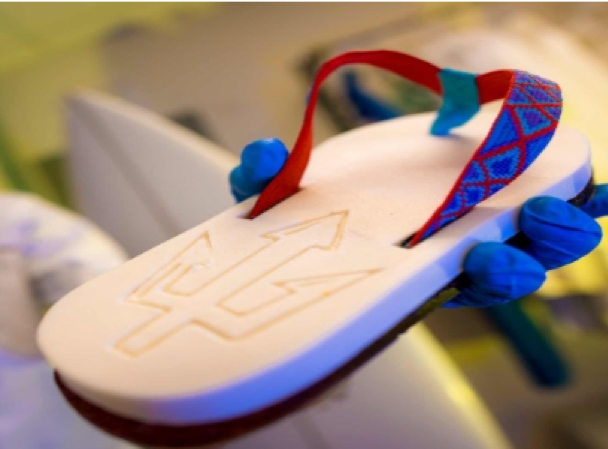To reach a zero-carbon economy, we must transition away from petroleum-based products, not just fuels. Thanks to a number of technological advances, we now have the ability to use algae and seaweeds to make bioplastics, foams and similar materials that are more sustainable, and better performing than those made from fossil fuels.
Fossil fuels may be the primary source of today’s plastics, but that is changing the world over. Consumer preferences and new regulations are putting pressure on producers to deliver products with improved environmental and functional profiles. As these pressures grow, and as technology advances continue, a new generation of material is poised to make meaningful impacts in how we improve the health of our world, and how we make products that can improve our lives.
Algae are ideal for bioplastics because of their high lipid production, the component that is most important in producing alternatives to traditional plastics. Algae can also grow on waste resources, and don’t compete with food production like some other biomass sources.
Microalgae and seaweeds are already finding their way into products we use every day. Running shoes, flip flops, clothing, skis and similar items are already entering the market.
A few of the companies operating in this space include Checkerspot, Algenesis, Bloom and others.
Research organizations that are working to develop this technology include: The California Center for Algae Biotechnology at UC San Diego, the Arizona Center for Algae Technology and Innovation at Arizona State University, and more.
Ready to learn how bioplastics, foam and advanced materials from algae can be incorporated into your products? ABO members are the leading experts on the topic.

